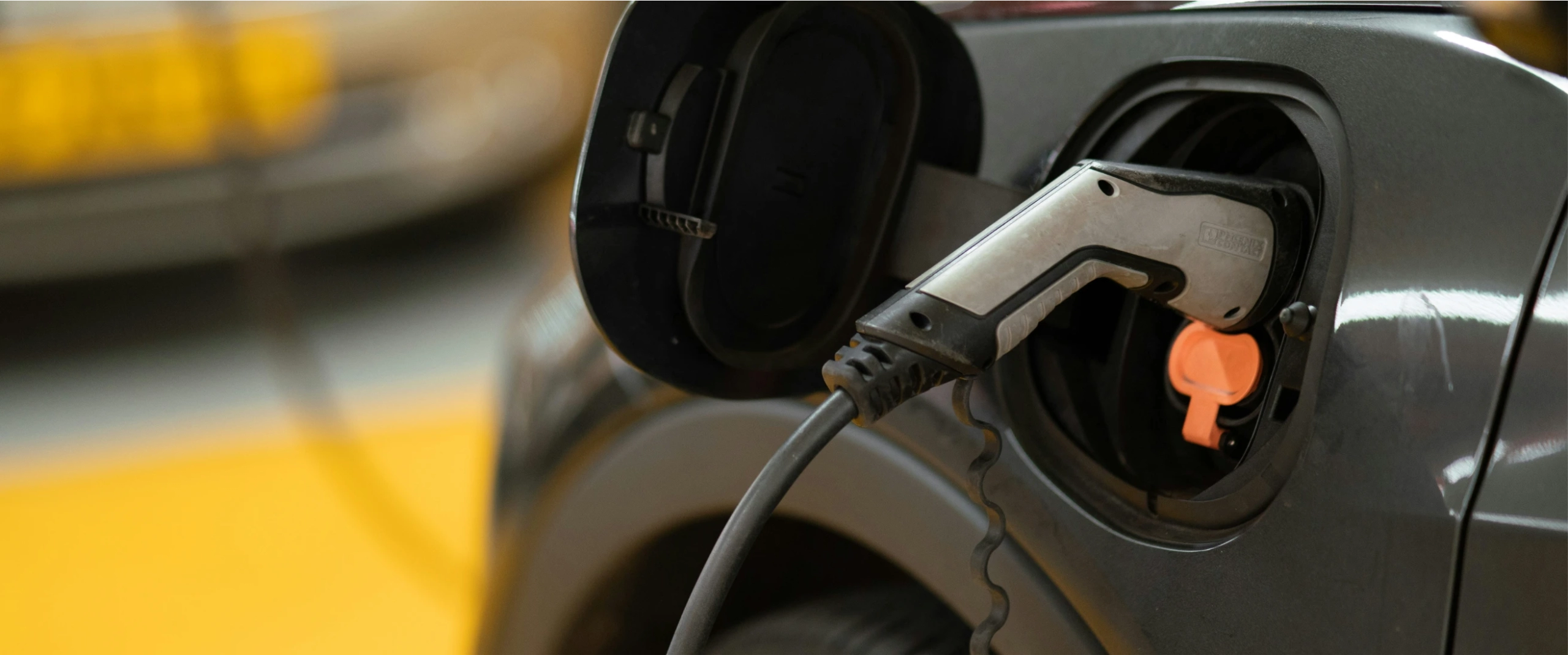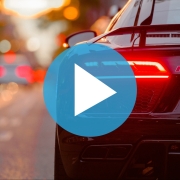
As the Fringe Benefits Tax (FBT) year concludes on March 31, 2025, it’s crucial for employers to stay informed about the latest updates, particularly concerning electric vehicles (EVs). The Australian Taxation Office (ATO) has introduced significant changes that may impact your FBT obligations.
Key Updates for the 2025 FBT Year
Plug-in Hybrid Electric Vehicles (PHEVs) FBT Exemption Ending
From April 1, 2025, PHEVs will no longer qualify for the FBT exemption. However, if a PHEV was both used (or available for use) before this date and there exists a financially binding commitment to continue providing private use beyond April 1, 2025, the exemption can still apply. It’s essential to note that any modifications or breaks in these agreements after this date may nullify the exemption.
Eligibility Criteria for EV FBT Exemption
To benefit from the FBT exemption for EVs, ensure the following conditions are met:
-
- Vehicle Type: The car must be a zero or low-emission vehicle, such as a battery electric vehicle or hydrogen fuel cell electric vehicle. Note that from April 1, 2025, PHEVs are excluded unless they meet the transitional provisions mentioned above.
- First Use Date: The vehicle must have been both held and used for the first time on or after July 1, 2022.
- Luxury Car Tax (LCT) Threshold: The car’s value should be below the LCT threshold for fuel-efficient vehicles, which is $89,332 for the 2024–25 financial year. If the vehicle cost is over this threshold then the vehicle will not qualify for this exemption.
- Exemption only applies to employers whereby an employee has been provided a vehicle. (Partners in a partnership and sole traders are not employees therefore they cannot benefit from this)
Record-Keeping Simplifications
Starting from April 1, 2024, employers have the option to use existing records instead of traditional statutory evidentiary documents, such as travel diaries or employee declarations, for certain benefits. This change aims to streamline the record-keeping process and reduce administrative burdens.
Additional Considerations
- Home Charging Stations: The FBT exemption for EVs does not extend to home charging stations. If an employer provides or finances a home charging station for an employee, this benefit is subject to FBT at 47% of the taxable value.
- Electricity Costs for EVs: The ATO has introduced a “shortcut” method, allowing employers to apply a rate of 4.20 cents per kilometre to calculate electricity costs for EVs. This method simplifies the process of determining the taxable value of the benefit. If this method is not used then you must isolate and calculate the car’s electricity consumption separately.
- Reporting Obligations: Even if an EV benefit is exempt from FBT, employers must still calculate its taxable value. This value is considered when determining the reportable fringe benefits amount (RFBA) for the employee, which can influence their adjusted taxable income and affect entitlements like the Medicare levy surcharge and certain centrelink payments.
Other ATO points of interest:
Meal & Entertainment Benefits
Business meals, social events (e.g., Christmas parties, team functions), and entertainment may attract FBT depending on:
- Purpose (business vs. social)
- Food type (light meals such as sandwiches may be exempt, alcohol usually taxable)
- Location (on-premises vs. external venues)
if you provide business lunches, social functions (i.e. a Christmas party) or ticketed business events, you may be subject to FBT. This will depend on the following:
- Why are you providing the food or drink?
- What type of food or drink are you providing?
- When are you providing the food or drink?
- Where is the food or drink being provided?
Travel Benefits: Work vs. Commuting
- Work-related travel (client visits, interstate meetings) → Usually FBT-free
- Commuting (home to work, even FIFO travel) → FBT may apply
Other Fringe Benefits Under ATO Review
- Company Vehicles – Ensure accurate logbooks & record keeping to avoid extra FBT.
- Living Away From Home Allowances (LAFHA) – Only valid for genuine temporary relocations.
- Salary Sacrifice – Incorrectly structured agreements may lose tax benefits.
- Debt Forgiveness & Reimbursements – Waiving debts or reimbursing personal expenses may trigger FBT.
We recommended that you register for FBT. Even if you haven’t provided any fringe benefits we recommend that all employing entities register for FBT and lodging NIL returns. This limits your exposure in an ATO audit from an unlimited period of review to 3 years in most situations.










